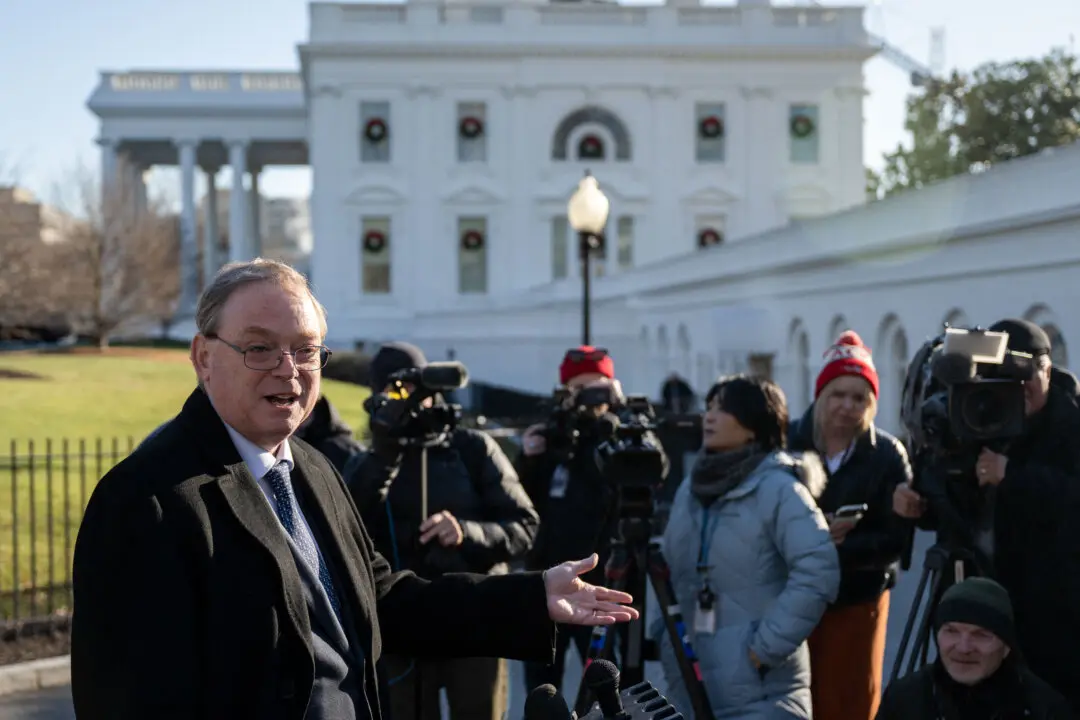Top U.S. officials see the prospect of a significant escalation in attacks on U.S. troops in the Middle East and of Iran seeking to widen the Israel–Hamas war, the top U.S. diplomat and defense officials said on Oct. 22.
Secretary of State Antony Blinken and Defense Secretary Lloyd Austin said on Oct. 22 that the United States doesn’t want to see the conflict spread and that recent U.S. deployments to the region were designed to prevent that from occurring.





